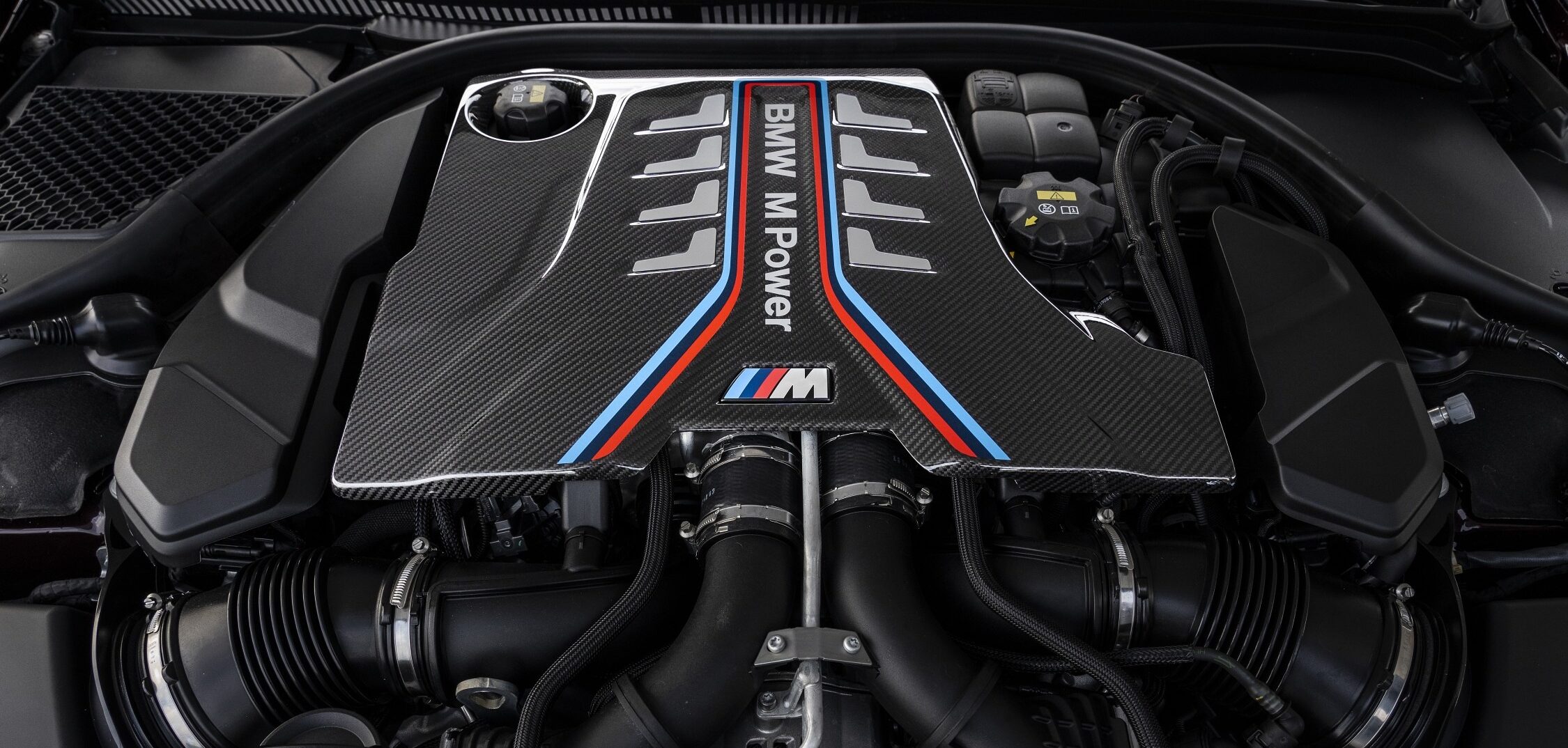Why the BMW Engine Is Taken Into Consideration Among the very best in Deluxe Automobiles
Why the BMW Engine Is Taken Into Consideration Among the very best in Deluxe Automobiles
Blog Article
Exploring the Development of Burning Engines in Modern Transportation Systems
As we navigate the landscape of modern-day transport, the development of burning engines stands as a testimony to human resourcefulness and engineering expertise. The interaction of history, innovation, and environmental concerns in forming the trajectory of combustion engines develops a narrative that is both insightful and compelling.
Very Early Beginnings of Combustion Engines
Exactly how did the idea of burning engines first emerge in the beginning of transport growth? When the principles of inner combustion were initial checked out, the origins of burning engines can be traced back to the 17th century. In 1673, Christian Huygens conceived a standard interior combustion engine that used gunpowder to create power. It wasn't up until the late 19th century that useful applications of burning engines in transport started to arise.
The development minute featured the creation of the initial successful gasoline-powered engine by Karl Benz in 1885 - bmw engine. This engine paved the method for the development of the modern-day auto, reinventing transportation systems worldwide. Subsequent advancements by Nikolaus Otto and Gottlieb Daimler even more improved combustion engine innovation, resulting in the automation of automobiles and the fast growth of the transport sector
These early combustion engines were characterized by their simpleness and performance, laying the foundation for the facility and effective engines made use of in contemporary transportation systems. The evolution of burning engines has contributed fit the way we take a trip and transfer items, marking a significant milestone in the history of transport growth.
Change to Internal Burning Technology
The shift to internal combustion modern technology marked a pivotal shift in the advancement of transportation systems. This change started in the late 19th century, with innovators like Nikolaus Otto and Gottlieb Daimler developing the first effective inner burning engines. These engines reinvented transportation by using an extra powerful and efficient alternative to steam engines and electric motors.
Among the key advantages of internal combustion engines was their capability to be scaled down to suit vehicles, causing the development of motorbikes and automobiles. This shift from bulky, fixed engines to small, mobile ones paved the method for the modern transport systems we see today.
The change to internal burning modern technology likewise spurred improvements in fuel modern technology, leading to the development of gas and diesel as main gas sources for vehicles. This change not only made transport extra obtainable to the masses however also laid the foundation for the oil and gas industry to become indispensable to worldwide economies.
Effect of Combustion Engines on Transportation
The adoption of combustion engines in transportation systems militarized a profound change in the performance and rate of international flexibility. Combustion engines transformed transportation by supplying a trusted and versatile resource of power for numerous vehicles, including cars, ships, trucks, and aircrafts. This innovation considerably boosted the ability for individuals and products to conform lengthy ranges in shorter time structures, leading to raised connectivity in between areas and nations.
Furthermore, the extensive use combustion engines has actually had a considerable influence on economic development. The capacity to deliver items efficiently has actually stimulated profession and business, allowing services to increase their markets and get to customers worldwide. This has facilitated financial development and globalization, as items can now be delivered much faster and in bigger quantities than in the past.
Nevertheless, the environmental impact of combustion engines can not be neglected. The combustion of nonrenewable fuel sources has led to air pollution and greenhouse gas exhausts, adding to climate modification and presenting wellness threats to populaces. bmw engine. Therefore, there is a growing emphasis on try this out developing alternative propulsion innovations to reduce these negative effects and create a much more lasting future for transportation
Advancements in Combustion Engine Style
Numerous improvements in combustion engine style have moved the evolution of transport systems over the decades. One remarkable advancement is the growth of turbocharged engines, which utilize exhaust gases to drive a wind turbine that compresses inbound air, enabling more gas to be scorched, causing increased power outcome without a substantial increase in engine dimension. Furthermore, direct injection modern technology has improved fuel performance and performance by exactly managing the quantity and timing of gas injected into the burning chamber. Variable shutoff timing systems have also reinvented engine style by maximizing air flow at various engine speeds, boosting both power and efficiency. One more significant innovation is the combination of lightweight materials such as carbon fiber and light weight aluminum alloys, minimizing general engine weight and enhancing automobile gas economic situation. Improvements in computer-aided layout have allowed designers to enhance engine efficiency and efficiency with simulations before physical prototypes are built, conserving time and resources in the growth procedure. These developments collectively add to the constant renovation of burning engines in contemporary transport systems.
Future Fads in Combustion Engine Growth
With innovation innovations driving constant advancement, the future of combustion engine growth is poised to reinvent transportation systems around the world. Among the vital fads in burning engine growth is the press in the direction of higher efficiency and reduced exhausts. Manufacturers are spending heavily in r & d to improve engine efficiency while fulfilling rigorous environmental laws. This consists of the combination of sophisticated gas shot systems, enhanced turbocharging methods, and the usage of lightweight materials to optimize fuel usage and lower carbon exhausts.
Another noticeable pattern is the adoption of crossbreed technologies in combustion engines. Crossbreed engines look at here incorporate typical combustion modern technology with electric power, offering boosted fuel effectiveness and reduced discharges. As the vehicle market shifts towards electrification, crossbreed combustion engines are viewed as a transitional option that links the void between conventional lorries and fully electric ones.
Moreover, the combination of wise technologies, such as expert system and information analytics, is expected to play a significant function in the future of burning engine growth. These modern technologies can optimize engine efficiency in real-time, resulting in much more efficient combustion processes and enhanced general vehicle efficiency. Embracing these future fads will not just drive innovation in burning engine growth yet also add to a more eco pleasant and sustainable transport community.

Conclusion
Finally, the advancement of combustion engines in modern-day transportation systems has actually been marked by significant developments in modern technology and style. From the very early beginnings of burning engines to the change to interior burning innovation, these engines have actually had a profound effect on transportation. Innovations in burning engine layout proceed to drive progress in this field, with future patterns concentrating on further improving effectiveness and minimizing discharges. The future of burning engines in transport looks promising as r & d efforts remain to press limits.
The roots of combustion engines can be traced back to the 17th century when the concepts of inner burning were very first explored. These engines reinvented transport by providing a more effective and efficient choice to steam engines anonymous and electric motors.

Report this page